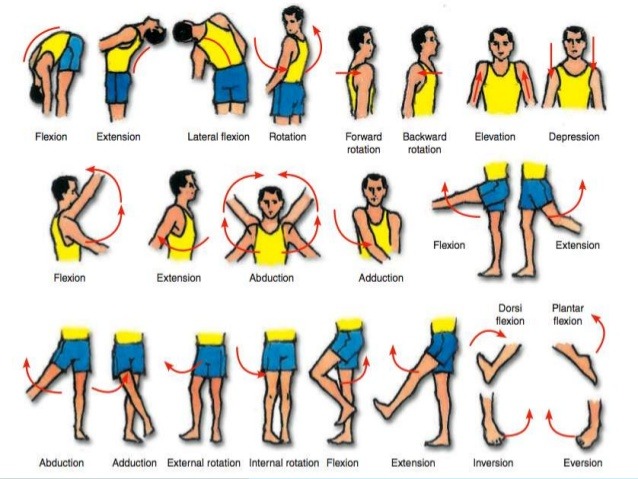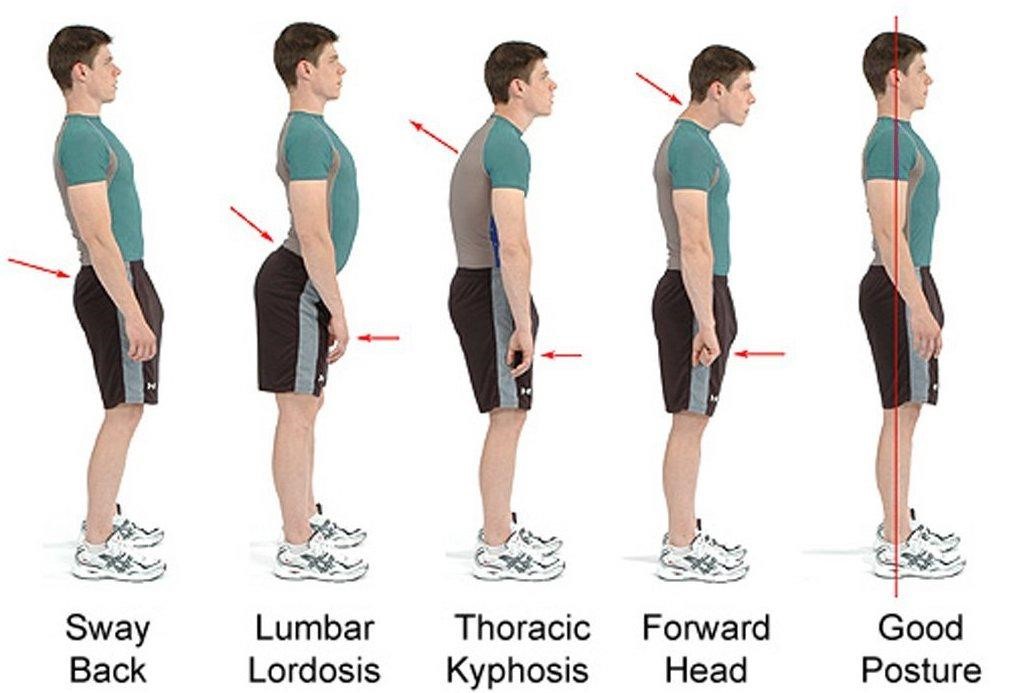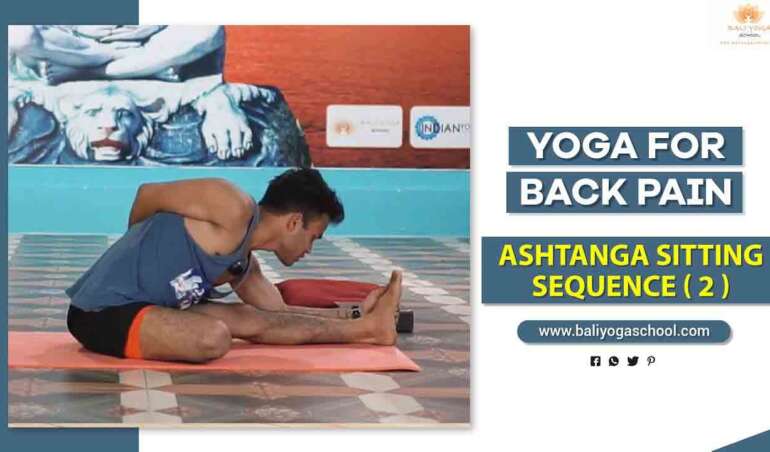Yoga Anatomy
BODY PLANES
(A) The Sagittal Plane: Sagittal plane that runs the body, dividing the body into left and right portions. Subsections of the sagittal plane include:
- Midsagittal runs through the median plane and divides along the line of symmetry.
- Parasagittal is parallel to the midline but does not divide into equal left and right portions.
The Coronal Plane: Coronal (frontal) plane that runs perpendicular to the sagittal plane and divides the body into anterior and posterior (front and back) portions.
The Transverse Plane: Horizontal plane that divides the body into upper and lower portions; also called cross-section.
ANATOMICAL MOVEMENTS
- FLEXION – Movement, generally in the sagittal plane, decreases the angle of the joint and brings two bones closer together; typical of hinge joints but also common at ball-and-socket joints.
- Extension – Opposite of flexion; a movement that increases the angle, or the distance, between two bones or parts of the body.
- Hyperextension – Extension beyond 180 degrees.
- Adduction – Opposite of abduction; movement of a limb toward the body midline.
- Abduction – Moving a limb away (generally on the frontal plane) from the midline/median plane of the body.
- Pronation – The forearm rotates medially so that the palm faces posteriorly, radius crosses the ulna in an X
- Supination – The forearm rotates laterally so that the palm faces anteriorly, and the radius and ulna are parallel.
- Rotation – Movement of a bone around its longitudinal axis; common movement of ball and socket joints, describes the movement of the atlas around the dens of the axis.
- Circumduction – Combination of flexion, extension, abduction, and adduction are commonly seen in ball and socket joints such as the shoulder; the proximal end of the limb is stationary and its distal end moves in a circle.
- Dorsiflexion – Lifting the foot so that its superior surface approaches the shin.
- Plantar Flexion – Depressing the foot.
- Inversion Turning the sole of the foot medially.
- Eversion – Turning the sole of the foot medially.
- Opposition – Move the thumb to touch the tips of the other fingers on the same hand.
DEFORMITIES OF THE SPINE
Forward Head: Weak neck flexors, tight Trapezius (shoulder blades). Trapezius pushes neck forward.
Thoracic Kyphosis: Tight chest muscles, weak upper back muscles. Chest muscles pull the shoulders towards it.
Lumbar lordosis: Lordosis is an abnormal inward curvature of the lumbar or lower spine. This condition is commonly called “swayback.”
The correct posture has strong abs and glutes to resist lumbar lordosis, Strong enough hip flexors to resist sway back and balance of chest, upper back and neck muscles to avoid postural defects on upper body. When combined, it looks like the first image.










